“Guys, I’m heading into … I’m not after anyone’s Spot X, but is there anything around?”
I cannot recall how many times I’ve seen this type of post on one of the many online hunting groups. Before you get antsy with me, there’s nothing wrong with asking for advice or getting the lay of the land; but in my humble opinion, there’s a part missing from the question which is more important than where, and that’s how you should be hunting the area. As many will have experienced, myself included, you can be around a lot of animals but still be unsuccessful.
A good hunter doesn’t need to know how many animals are in an area – they just hunt using a learned set of rules they know gives them a good chance of at least seeing a deer. Focusing on building up good technique will ensure good hunters are in a constant state of learning and building on their knowledge of their quarry, the areas they inhabit and the reasons they’re there.
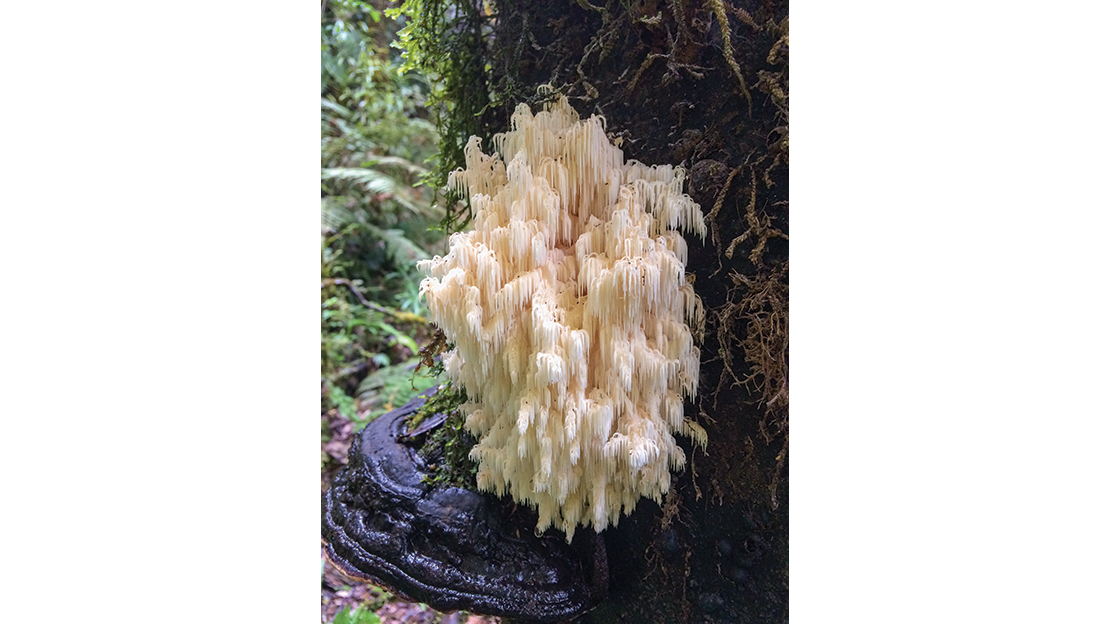
Tune In!
The modern world is full of distractions; the constant barrage of noises and incoming information overloads your senses and causes you to unintentionally block out sights, sounds and smells just so you can focus on whatever task you have at hand. If your conscious mind didn’t block out these stimuli, it’d be overwhelmed.
When you hit the hills, your senses need time to adjust and switch back to the new and comparatively peaceful environment. A good hunter understands this adjustment period as a key part of the ‘tuning in’ process whereby you bring all your senses to focus on the task of finding a game animal.
I know some bush hunters who, at the start of their stalk, will wait to let the sounds and smells wash over them; they’ll sit and relax as gradually the pungent smell of leaf litter becomes apparent. Birds in the trees start to catch your attention as do the small insects among the foliage. Once the hunter feels calm and connected, he steps off – fully connected to his environment. Tuning in will be different for everyone, so find a technique that works for you.
I’ve often heard hunters talk about a sixth sense – knowing when an animal is near. I believe this is your subconscious brain and senses picking up on almost imperceptible cues to an animal’s presence. I also believe that the sense of peace that hunting brings has a lot to do with your mind, body and senses relaxing and being tuned in to their surroundings.
I also feel the need to add, from a safety perspective, that identifying your animal 100% is always your first priority, and no matter what your senses tell you, everything you hear, see or smell is another hunter until you prove otherwise.
Know When You Have the Advantage
This relates to being patient when you’ve worked hard to gain some altitude and put yourself in a strong position. Often if nothing presents itself, the newer hunter will move off without fully capitalising on a great position.
I’ve sat for whole days after I’ve manoeuvred into a position where I believe it’s just a matter of time before a deer will present itself. I’ll sit in a bit of cover so I can move without being too obvious and just observe. At any time, if I think the conditions have changed or the wind has shifted and my scent has ruined the hunting, I’ll move off to make best use of the new wind direction.
If I’m after a stag, then I pass up all other animals, no matter how tempting, as the last 10 minutes of daylight has seen many nice antlers secured for the canny hunter.
If – by planning or just plain good luck – you find yourself in a great spot, take your time: sit, listen, take on board some food and stay warm.
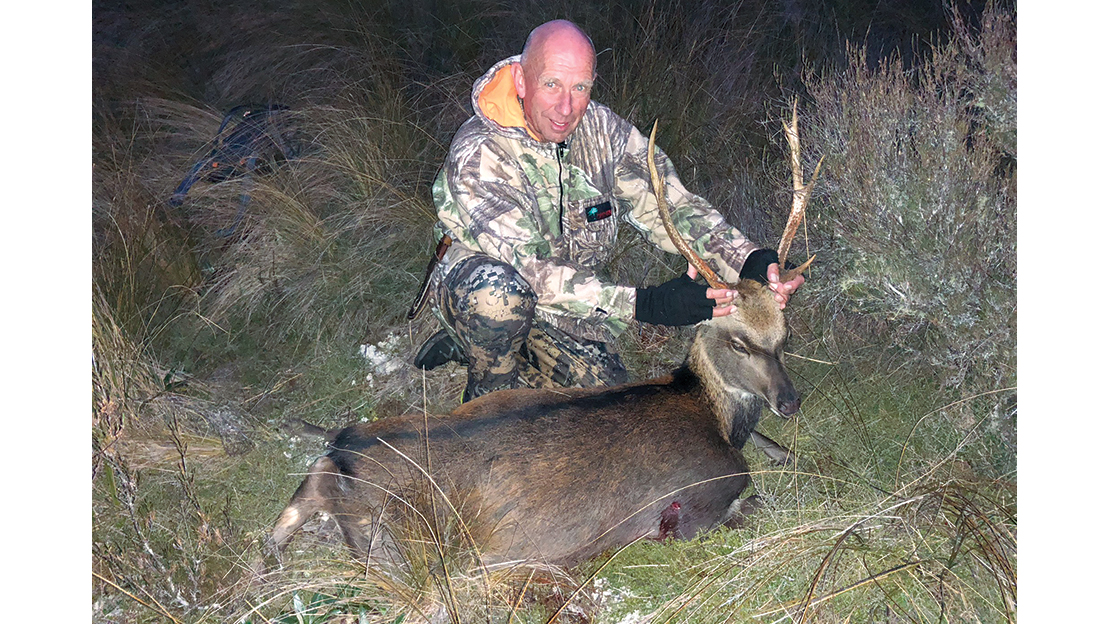
Stalking Unfamiliar Bush
Stalking a new area can be hard work and unproductive; use these tips to help your strike rate:
• Large tracts of bush in NZ are simply not productive to hunt through. It may be too cold or not hold the browse required for animals to be present in any great numbers. Hunting too slowly through unproductive bush is a common mistake for the beginner. If you’re not seeing fresh sign and/or any game trails and the bush feels cold and inhospitable, then don’t waste too much time. Move a bit faster until you start crossing fresh sign – focus your time in those areas. Over the years, you’ll spook the odd animal when you’re in transit mode; however, your strike rate will increase by spending more time stalking slower in the heavier populated areas.
• Take note of the rough altitudes of any fresh game trails and sign, the types of plants/tree litter they’re feeding on and the time of year. Roughly, the conclusions you draw will hold true year on year and enable you to hunt more productively and efficiently.
Put Yourself in the Deer’s Shoes
This applies to glassing a large area like a river catchment in the Alps or a nice tussock basin
in sika country. If there’s a cold wind blowing where you’re standing, try to envisage where the areas are in front of you that are warm and out of the wind – that’s where the deer will be; focusing on those areas will pay dividends.
Deer can tolerate light rain and if it’s warm, may not even change their feeding pattern, but they don’t like a cold wind and will move out of any area that’s exposed to it. If you’re on the cold, shadowy side of a ridge in the cold wind, but you’re glassing a sunny face that’s sheltered … then even though you’re freezing and would love to move, stay put! You’re in a great spot to observe. Be patient, and success will follow.
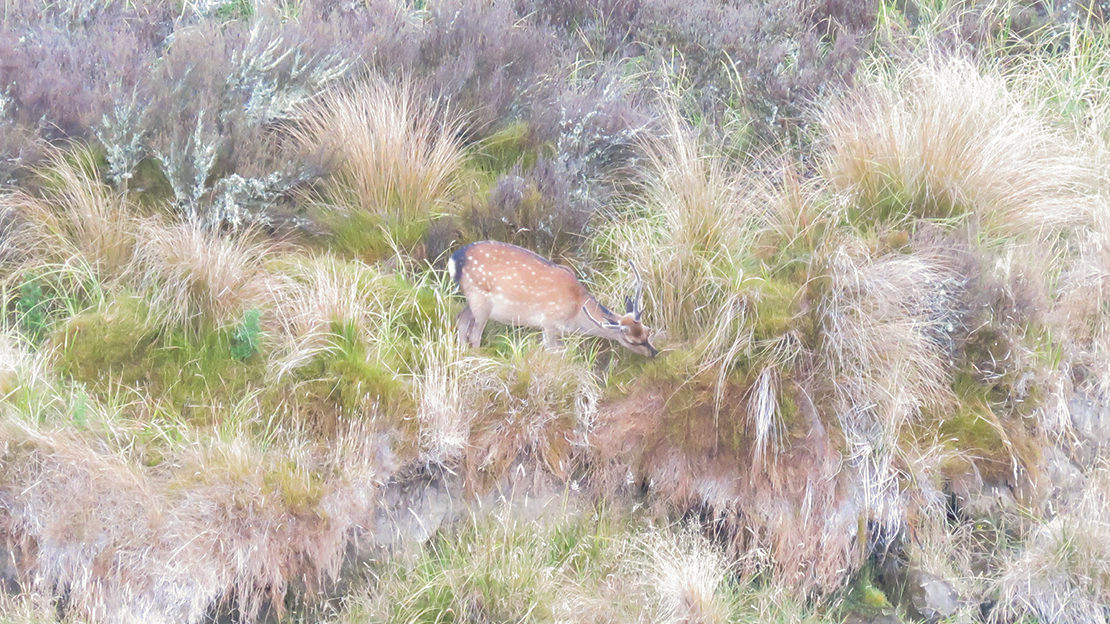
Summary
These general points are tips I’ve learnt from some very experienced hunters; over time, I’ve tweaked them to suit my stalking style. In general, following these basic tips and developing them to suit your own style will pay off:
• Take the time to tune in to your surroundings; let your senses adjust to the new environment. For some, it’ll take 30mins, and for others, maybe hours – so find a technique that suits you and incorporate it into your stalk.
• When you’re glassing, try to envisage what the conditions are like in the areas you’re observing. Focus on areas where it’s sheltered and warm – that’s where the deer are likely to be.
• If you’ve worked hard to get into a good observation spot, take your time. Be patient. If the wind is in your favour and there’s good sign about, it’s probably just a matter of time!
• Don’t waste your time in bush that’s unproductive. It’s far better to push on at a good pace until you start to see fresh sign or recently used game trails.
• Every bit of sign you come across tells a story and gives you clues. Pay attention and your success rate will increase dramatically.
“Guys, I’m heading into … I’m not after anyone’s Spot X, but is there anything around?” I’ll finish by revisiting this question. The answer is, there are deer present in almost every corner of NZ, and by getting out there with a pack on your back and exploring with an open mind, learning from mistakes and building up an image of what the deer are up to, you’ll build a template you can use to be successful time and time again.
Lastly, success can be measured in many ways. Try not to fixate on securing an animal as being the main part of the hunt; there’s so much more to it and so many valuable experiences and achievements. No hunt is a failure if you learn something new! Get into it.
Good luck, team.

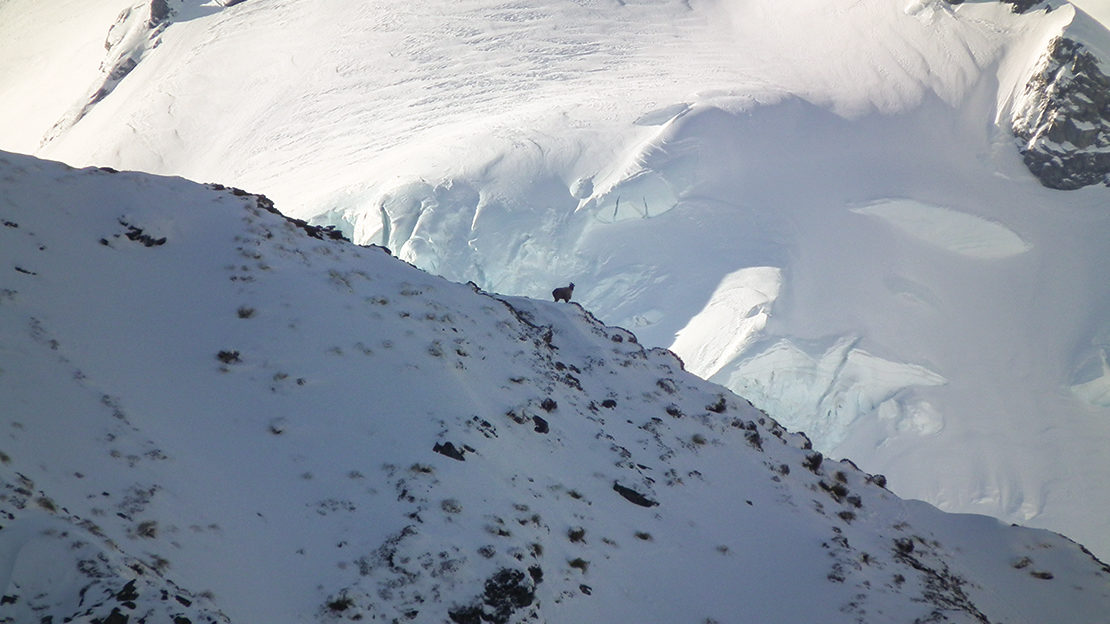
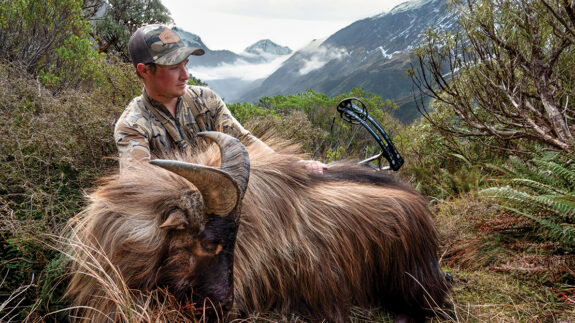
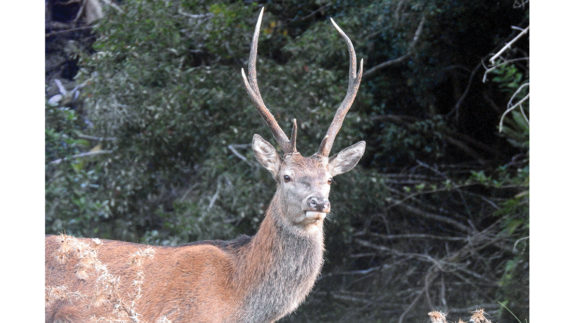

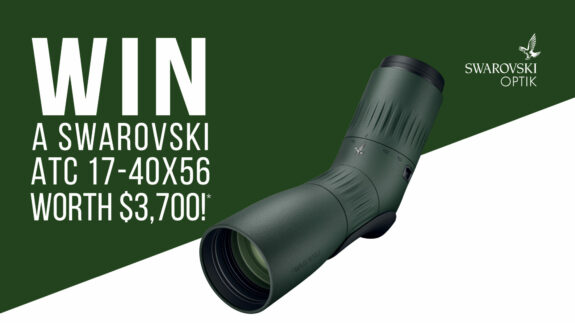
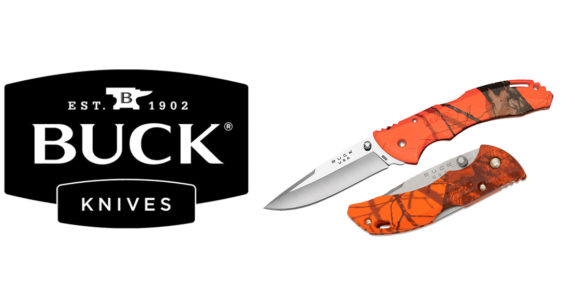
SHARE YOUR BEST PICS #NZRODANDRIFLE